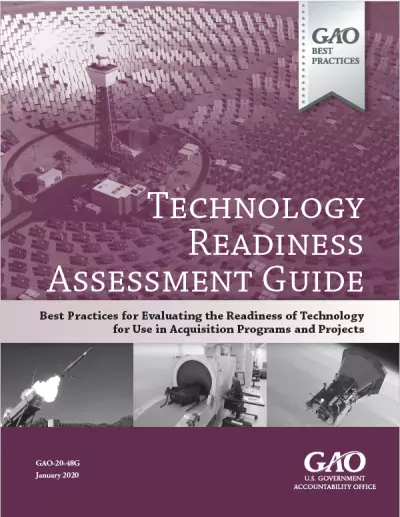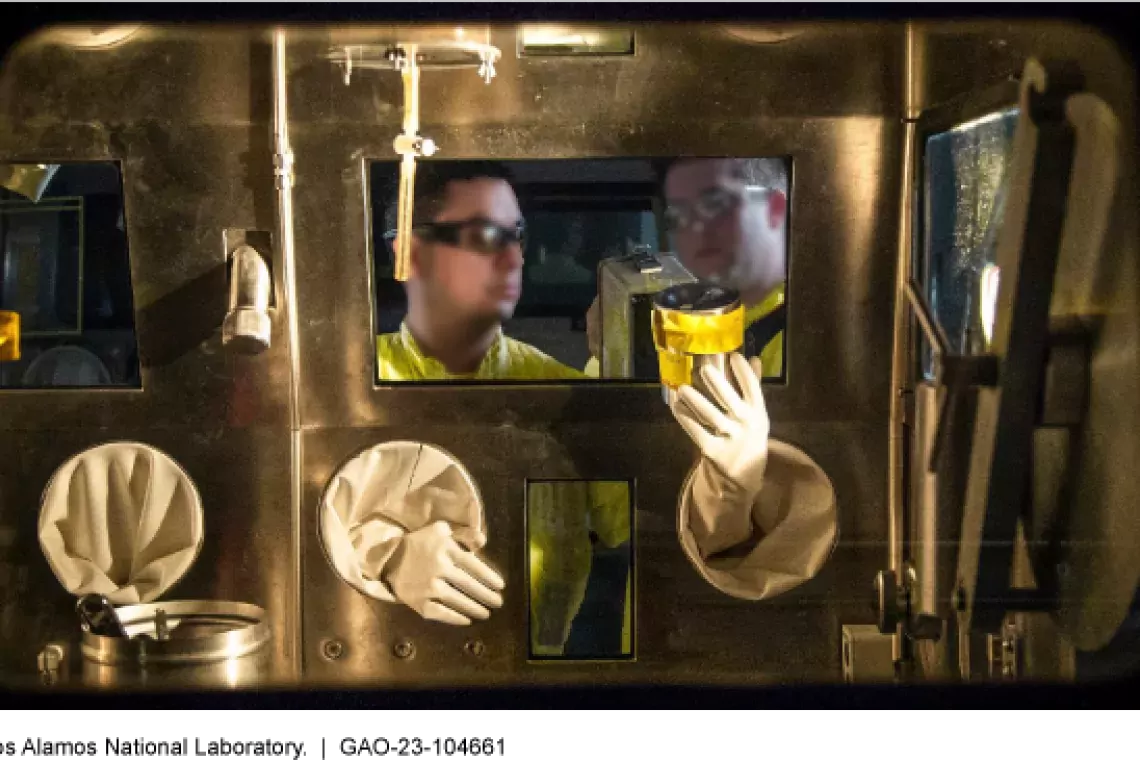Our Guide to Tech Readiness
The development of cutting-edge technologies is critical to many of the government’s most costly acquisition projects, including new weapons, satellites, nuclear facilities, and homeland security systems. The federal government spends billions of dollars acquiring these technologies. However, these technologies can cause program delays and cost increases if the government decides to use them in new systems before they are ready.
Our new Technology Readiness Assessment Guide can help system engineers, program managers, technology developers, and auditors evaluate whether technologies are mature enough to be integrated in a new product or system.
This guide outlines 5 steps and associated best practices for developing and producing high-quality technology readiness assessments that include:
- Preparing the assessment plan and selecting the team
- Identifying critical technologies
- Assessing critical technologies
- Preparing the assessment report
- Using the report’s findings
The methodology we’ve developed can be applied across large and small acquisition projects. We have also outlined a roadmap for preparing technology maturation plans, evaluating software, and enhancing technology assessments.
Hundreds of public comments have been incorporated into our guide since 2016.
Our Technology Readiness Assessment Guide is a companion to GAO’s cost estimating and assessment guide and the schedule assessment guide.
For more information, check out the guide.
- Comments on GAO’s WatchBlog? Contact blog@gao.gov.
GAO Contacts
Related Products

GAO's mission is to provide Congress with fact-based, nonpartisan information that can help improve federal government performance and ensure accountability for the benefit of the American people. GAO launched its WatchBlog in January, 2014, as part of its continuing effort to reach its audiences—Congress and the American people—where they are currently looking for information.
The blog format allows GAO to provide a little more context about its work than it can offer on its other social media platforms. Posts will tie GAO work to current events and the news; show how GAO’s work is affecting agencies or legislation; highlight reports, testimonies, and issue areas where GAO does work; and provide information about GAO itself, among other things.
Please send any feedback on GAO's WatchBlog to blog@gao.gov.






